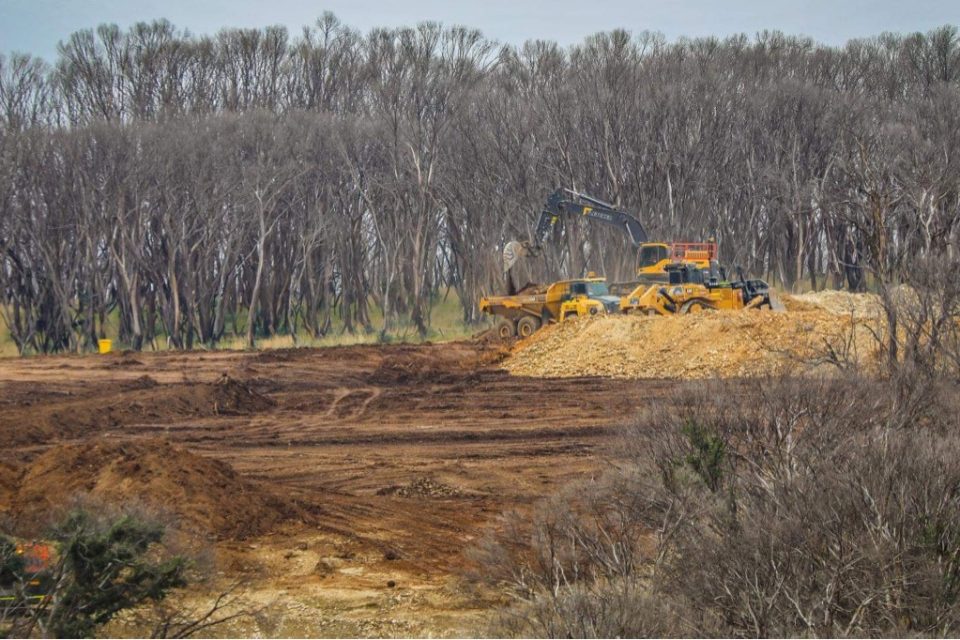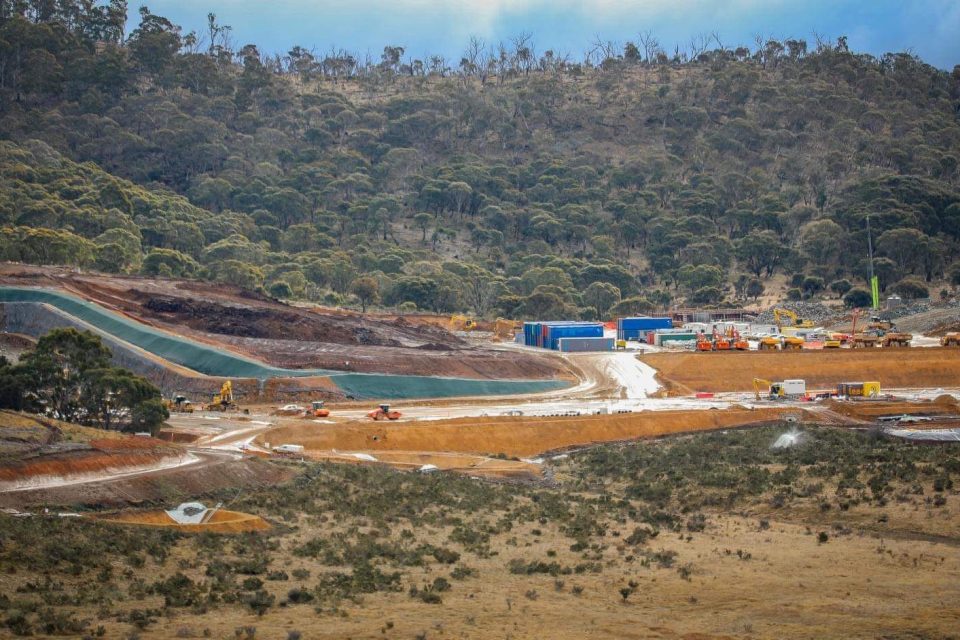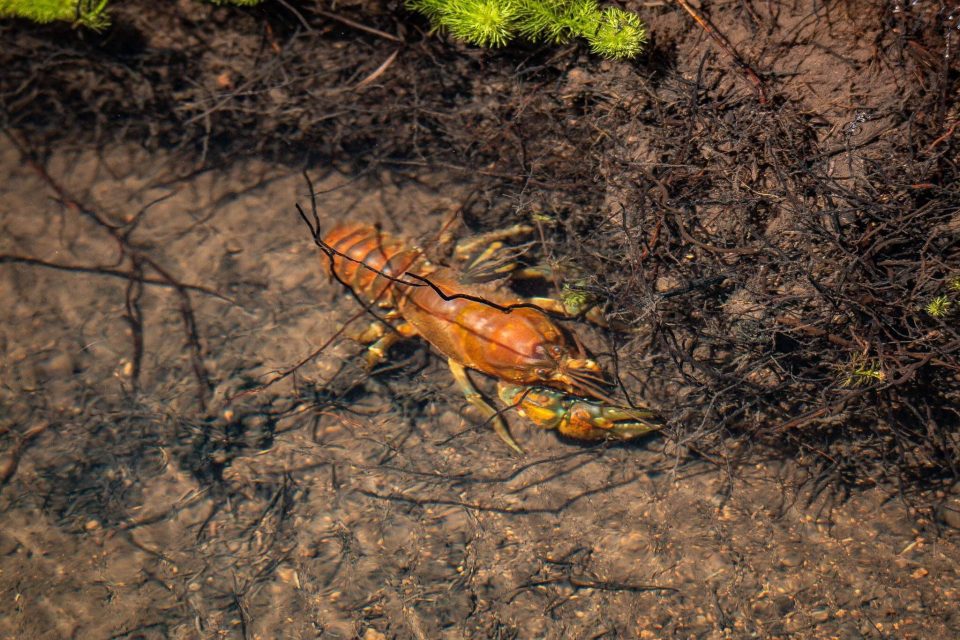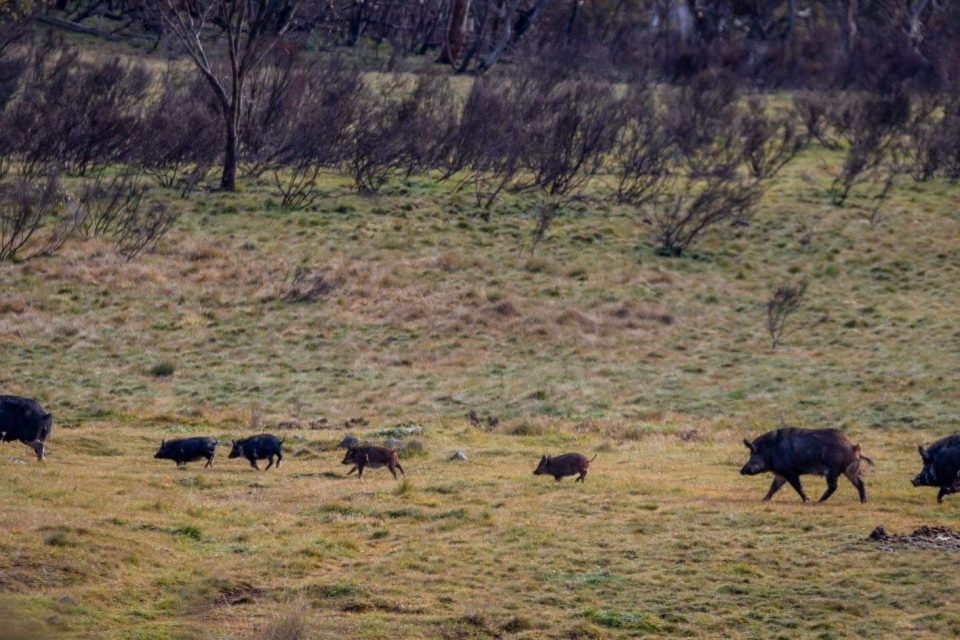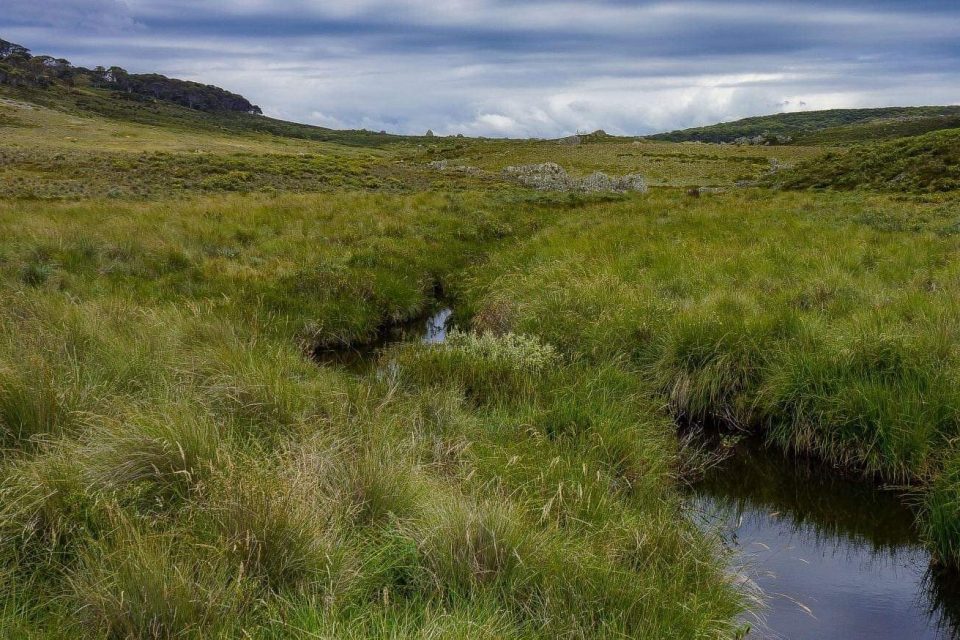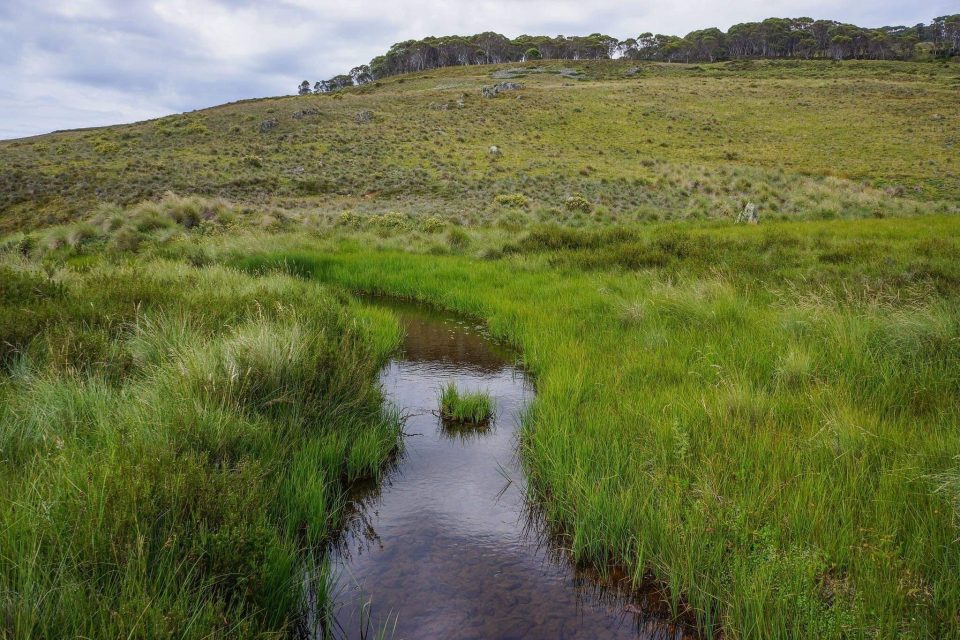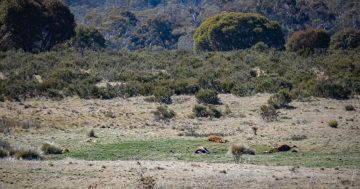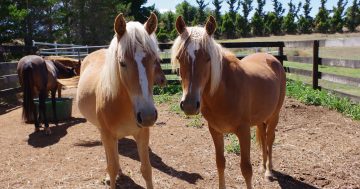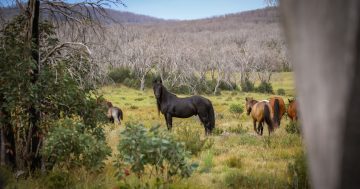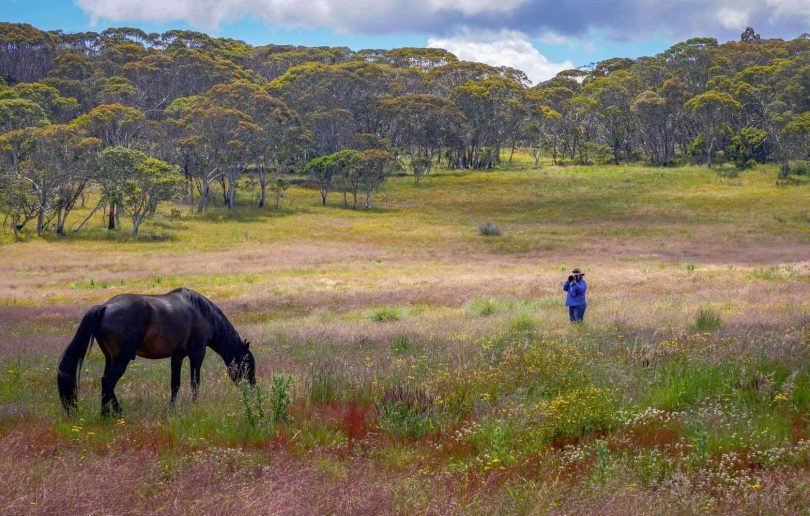
Photographer Michelle Brown says Snowy 2.0’s construction is causing significant damage. Photo: Facebook.
WARNING: Some images in this story may be confronting to readers.
Having clocked hundreds of kilometres trekking the Snowy Mountains, Michelle Brown is bewildered brumby critics can justify their arguments as Snowy 2.0 decimates the very land they’re trying to save.
“I’m seeing pristine tracts of land turned inside out as the construction continues” she said.
“Yet we have the Federal Environment Minister and conservation groups weighing in on the brumbies and their impact on the park.”
The contradiction leaves Michelle seething.
“Bullocks Hill, for example, was the only place we would see the lyrebird,” Michelle explained.
“Now the whole area has or is being dug up and developed.”
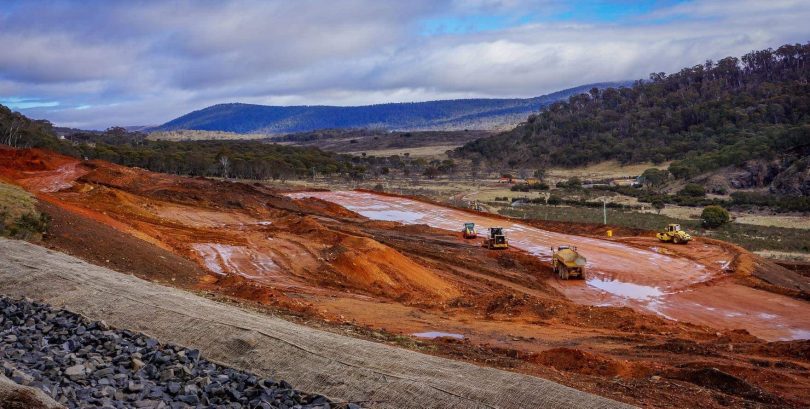
Vast tracts of land are being developed. Photo: Facebook.
She claimed Old Gooandra Trail near Kiandra was once overgrown and populated by kilometres of frog populations before Snowy 2.0 began widening the trail for heavy machinery.
“Then, all of a sudden, the huge frog populations were no longer in that part of the national park,” she said.
“That’s not to say there aren’t frog populations elsewhere – they are prolific – but Snowy 2.0 is destroying healthy habitats all over the national park and it’s very sad to watch”.
Michelle and her husband Ian have followed brumby tracks into Kosciuszko National Park for years, photographing the wilderness pre-drought, pre-fire and post fire.
Their journeys are documented on the Facebook page Snowy Brumby Photography Adventures with Michelle and Ian.
“We always visit the northern end of KNP to areas such as Kiandra, Long Plain, Tantangara, Peppercorn and all places in between,” she said,
By their reckoning, 3000 brumbies “at the most” populated these areas before the 2019-2020 fires.
“Two weeks after the fires we began our search for horses and believe me, we found many mobs burnt to a crisp,” Michelle said.
“To give you an example of the heat – we also found dead yabbies, boiled orange along the banks of streams and creeks,” she said.
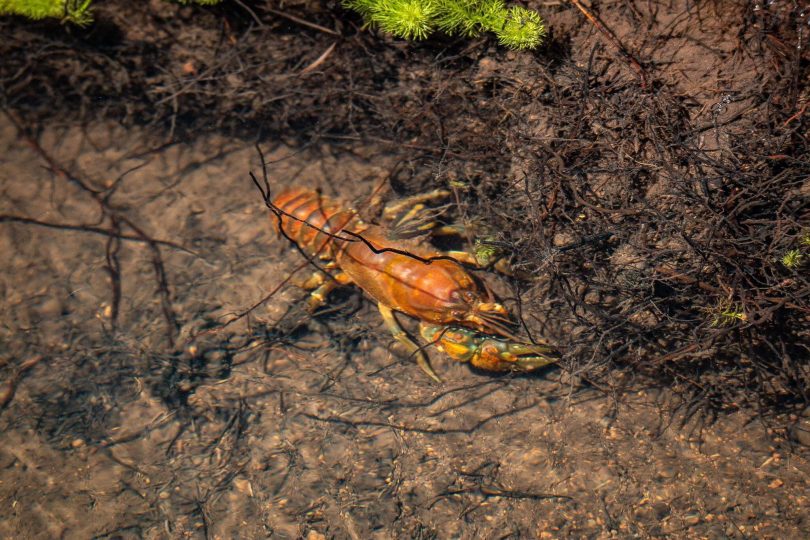
Michelle and Ian brown documented post fire destruction. Photo: Facebook.
An estimated 500 brumbies perished and many remain unaccounted for such as the striking white stallion “Paleface”.
“In the past 29 months we’ve been told by ‘experts’ there are 25,000, then 19,000 and now 14,000 brumbies up there,” she said.
“But the people who are actually in the mountains will tell you the numbers are much, much lower.”
Snowy 2.0 aside, she asks at what point are catastrophic numbers of other destructive animals in national park addressed.
Michelle says pigs run rampant up in Kosciusko, deer populate the north and rabbits are literally in their millions.
NSW National Parks and Wildlife Service can’t give exact figures but can tell you how many they’ve killed.
Last year, using aerial culls, more than 2000 pest animals including pigs, deer and goats were removed from KNP and nearby parks.
Professor Jamie Pittock at ANU’s Fenner School of Environment and Society, says it’s easier to determine numbers of feral horses in KNP than other feral animals because they’re big, in the open and not controlled.
“By contrast, other feral beasts are smaller, live in the forests and are regularly controlled by NPWS, so they’re harder to count,” he said.
He said opponents of feral horse control often describe deer as the bigger threat but, in areas where horses are abundant, recent evidence demonstrates this isn’t the case.
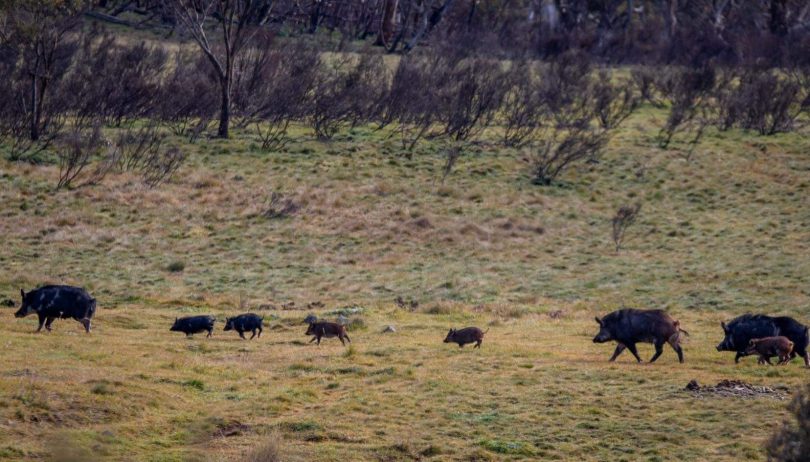
Feral pigs also cause huge damage. Photo: Facebook.
“Data from more than 100 plots in treeless drainage lines across the alpine parks show deer and pigs made no substantive contribution to the horse-related damage that was measured,” he said.
Similarly, research in northern Kosciuszko National Park found no evidence of deer dung, and pig dung was found at only five plots.
Researchers studying vegetation and bogs, frogs, fish, reptiles and small mammals all showed that feral horses were the sole or major cause of environmental damage.
Deer and pigs are major alpine pests, but aerial and ground shooting, baiting and trapping limit population expansion.
“In contrast, these effective controls aren’t applied to feral horses and the population is expanding. As for Snowy 2.0, the project is having the environmental impacts it was approved to inflict on KNP,” Professor Pittock said.
But Michelle says her photos don’t lie.
“We don’t get paid to do what we do, we do it for the love, for the experiences and we enjoy sharing truths with the world,” she says.
“Politicians visit the park once, gush about how terrible the brumbies are, but it seems to me they turn a blind eye when big dollars are involved and get on a soapbox when they need an audience.”

